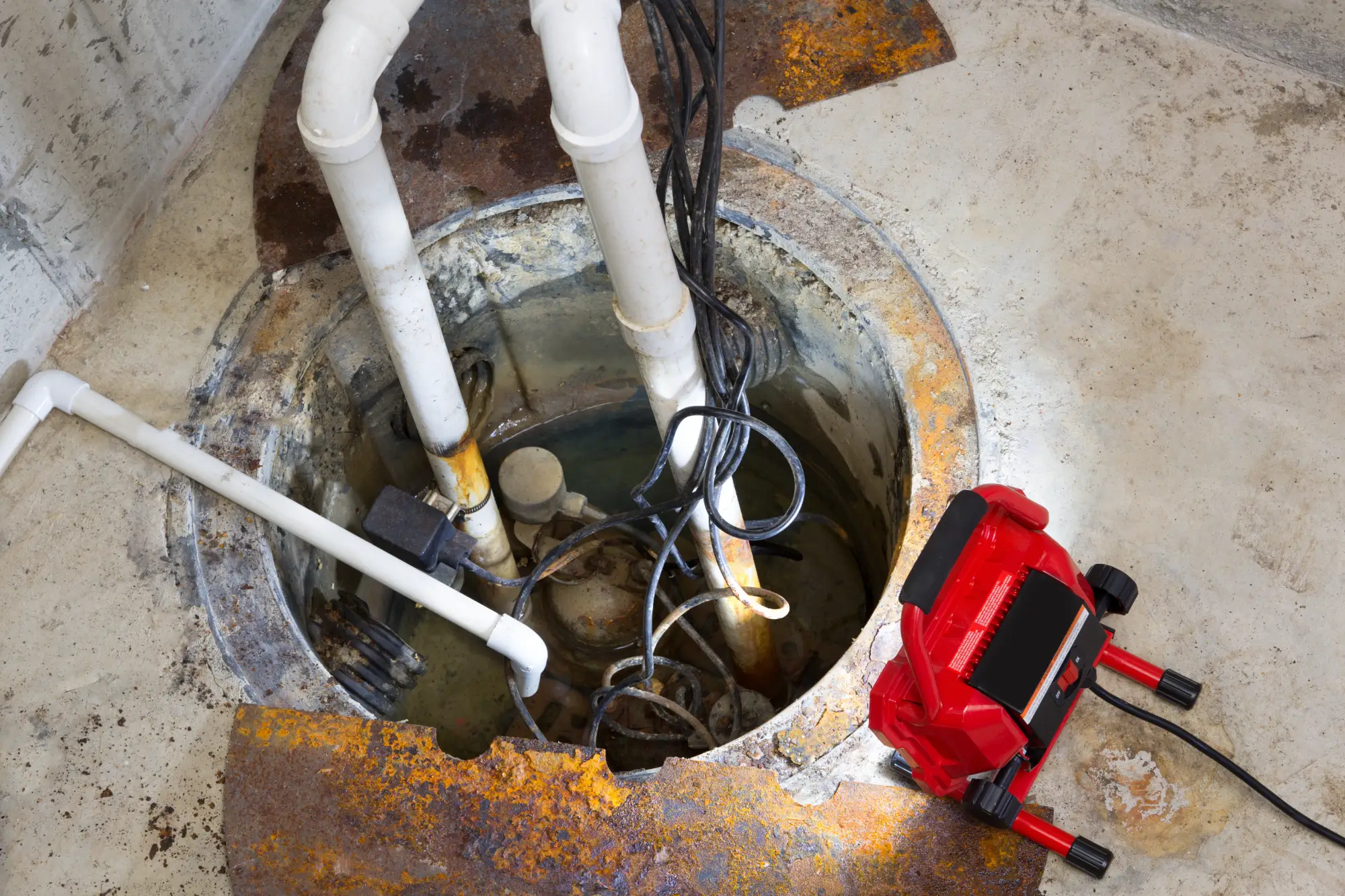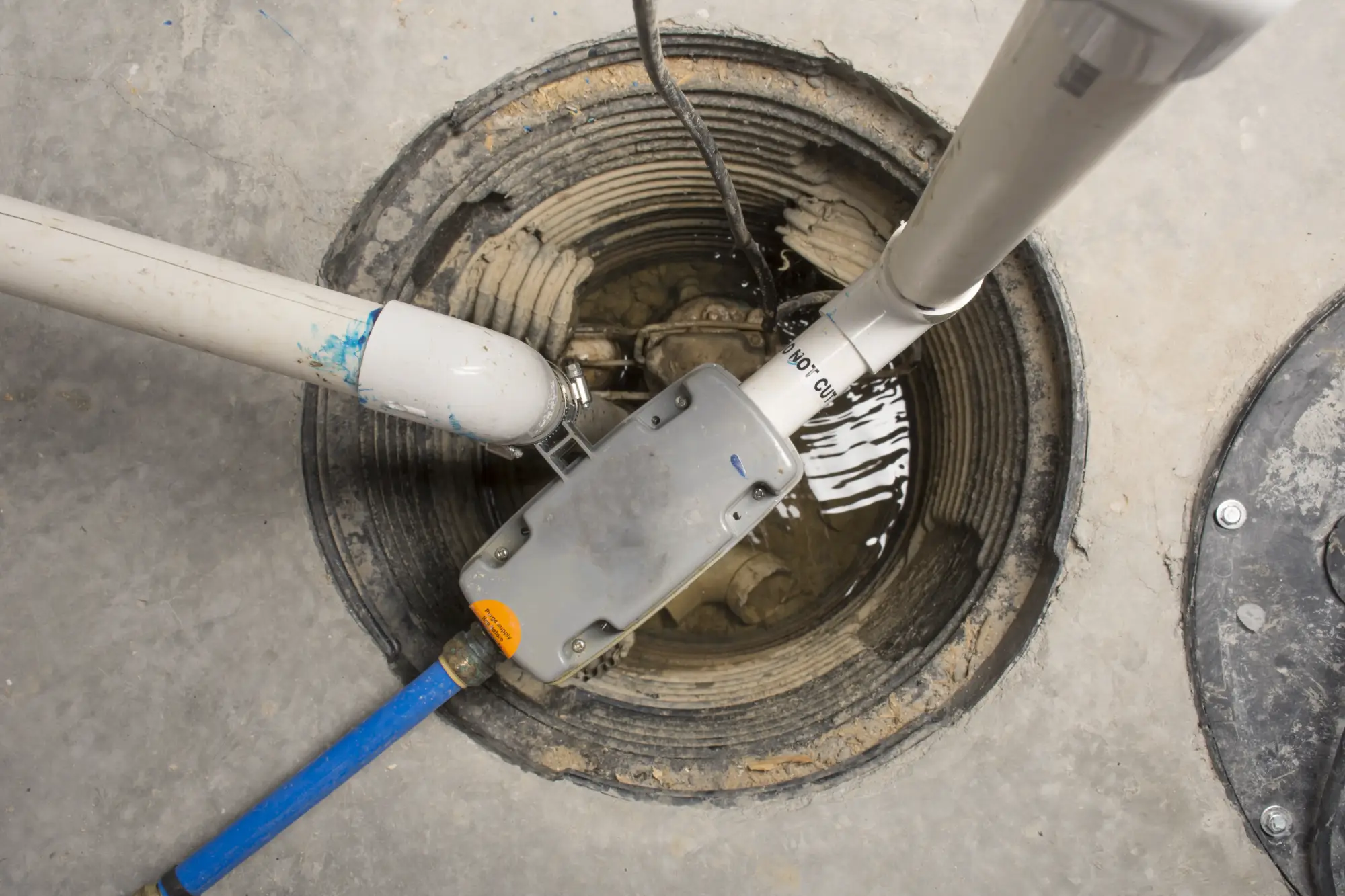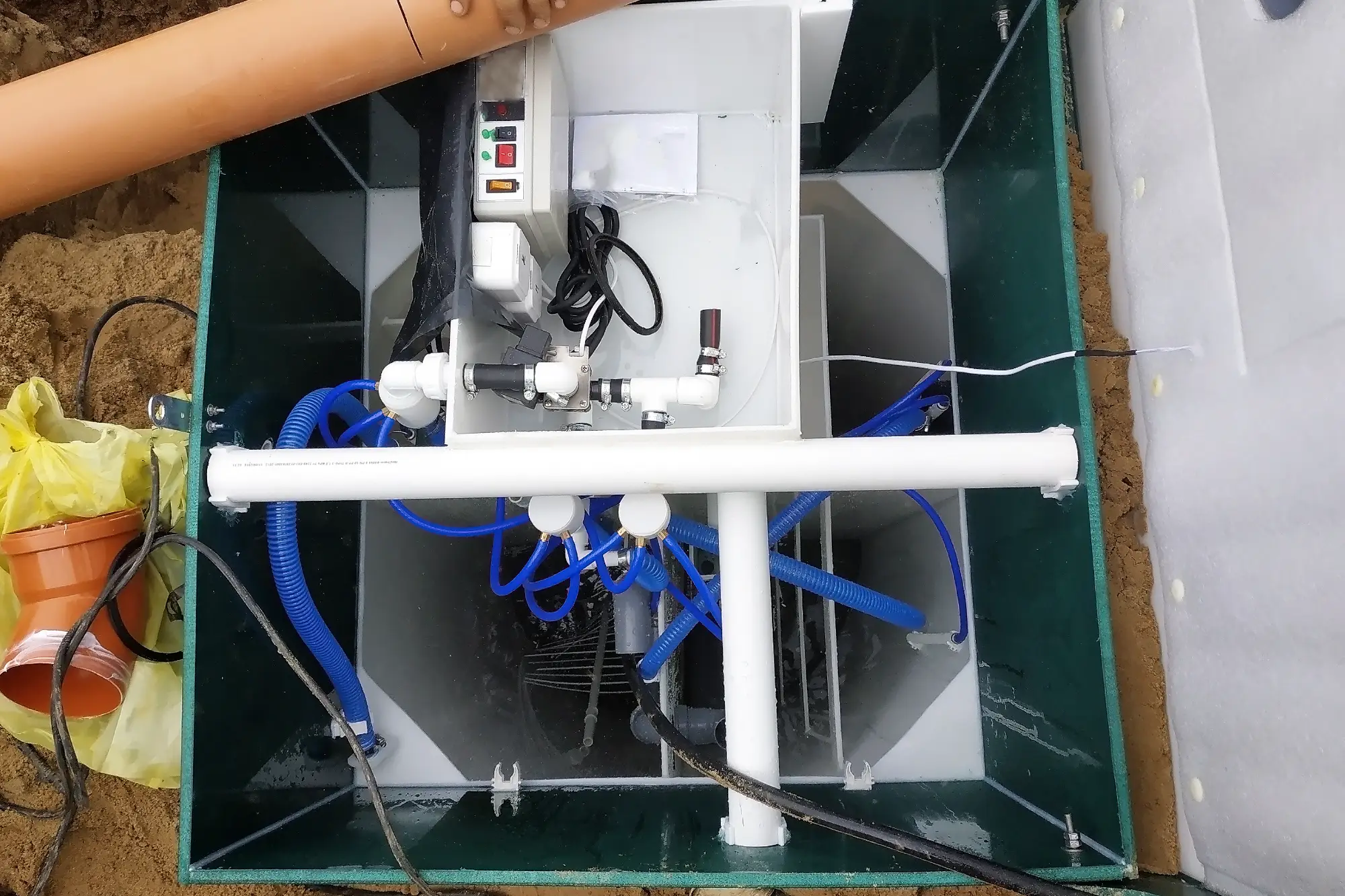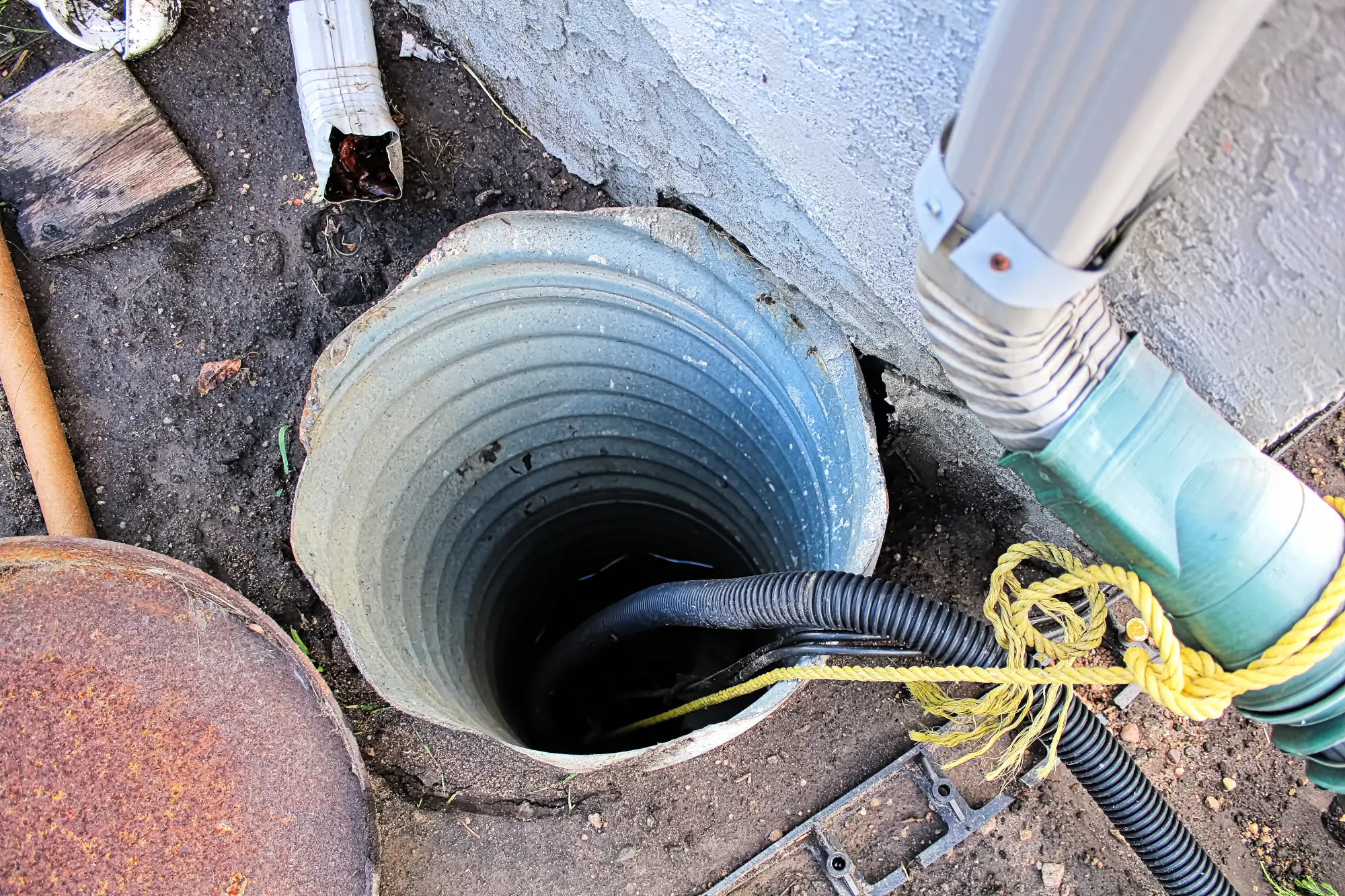Sump Pump Installation in Smithtown, NY
Stop Basement Flooding Before It Starts
Reliable sump pump systems that work when storms hit hardest.

Hear About Us

Basement Protection Smithtown NY
You’ll sleep through storms instead of worrying about water in your basement. No more rushing downstairs during heavy rain to check for flooding. No more moving belongings to higher ground every time the weather forecast looks threatening.
Your basement becomes usable space again. Store holiday decorations, exercise equipment, or set up that workshop you’ve been planning without wondering if everything will be ruined by the next big storm.
The musty smell disappears. Your family’s health improves when mold and mildew can’t take hold in a consistently dry environment. You stop making excuses about the basement when guests come over.
Smithtown Sump Pump Installers
We’ve been solving basement water problems across Smithtown and Long Island for years. We understand how the local water table behaves, which neighborhoods flood first, and what actually works in these soil conditions.
You’re not getting a generic solution from a national chain. You’re working with contractors who’ve seen every type of basement configuration in this area and know which sump pump systems hold up to Long Island’s weather patterns.
We’re licensed, insured, and available when you need us most. Because basement flooding doesn’t wait for business hours.

Sump Pump Installation Process
First, we assess your basement’s specific water entry points and drainage patterns. Every basement is different, and cookie-cutter solutions fail when you need them most. We measure water flow, check existing drainage, and identify the optimal pump location.
Next, we excavate the sump pit at the lowest point where water naturally collects. The pit gets lined with gravel for proper drainage, and we install the basin that will house your pump system. All electrical connections are made to code with GFCI protection.
We test the entire system multiple times before we leave. You’ll see exactly how it activates, how quickly it removes water, and how the backup systems engage. We walk you through basic maintenance so you know your system will work when you’re not home.

Ready to get started?
Explore More Services
About Diamond Masonry & Waterproofing
Get a Free Consultation
Custom Sump Pump Solutions
Your sump pump system includes the primary pump, backup pump, battery backup system, and alarm notification. We don’t cut corners on components because pump failure during a storm defeats the entire purpose of the installation.
The system automatically activates when water reaches the trigger level. You don’t need to be home, awake, or even aware there’s a problem. The pump removes water faster than it can accumulate, keeping your basement dry even during sustained heavy rainfall.
We include check valves to prevent backflow, discharge line installation with proper freeze protection, and a maintenance schedule to keep everything running smoothly. You’ll know exactly when to test your system and what warning signs to watch for.

How long does sump pump installation take in most basements?
What happens if the power goes out during a storm?
How do I know if my basement needs a sump pump?
Will a sump pump work in my finished basement?
How often do sump pumps need maintenance or replacement?
What size sump pump do I need for my basement?
Local Resources
- Google Map Link
- Find the Smithtown, NY USPS
- Locate Nearby Smithtown, NY Pharmacies
- View the Current Weather in Smithtown, NY
- Smithtown, NY is located in Suffolk county in New York State